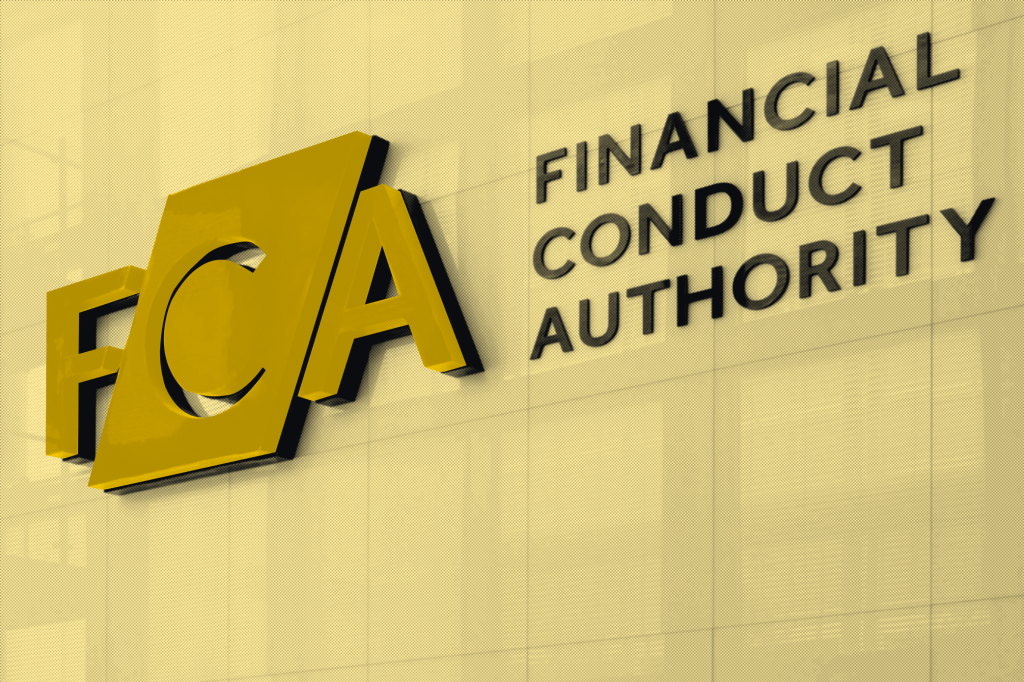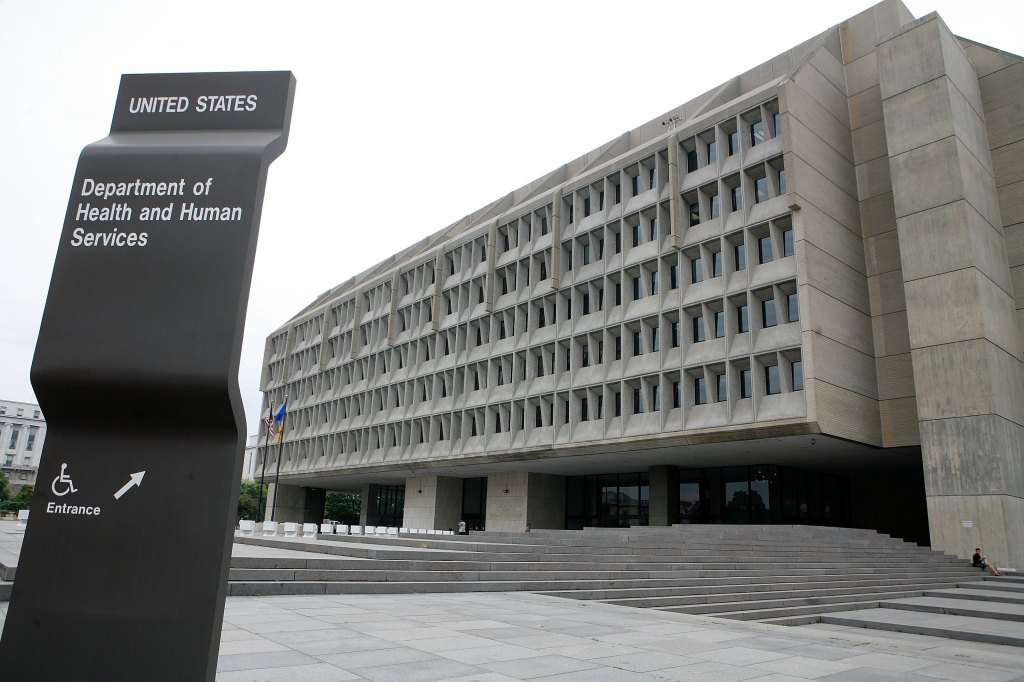The SEC’s Marketing Rule came into force on November 4, 2022, after a nail-biting 18-month transition period. Rumor has it the regulator will be undertaking thematic reviews imminently to establish compliance.
This is not spurious industry rumor, but a firm commitment, cemented by a September 19 Risk Alert from the SEC,
Rather
Register for free to keep reading.
To continue reading this article and unlock full access to GRIP, register now. You’ll enjoy free access to all content until our subscription service launches in early 2026.
- Unlimited access to industry insights
- Stay on top of key rules and regulatory changes with our Rules Navigator
- Ad-free experience with no distractions
- Regular podcasts from trusted external experts
- Fresh compliance and regulatory content every day

















